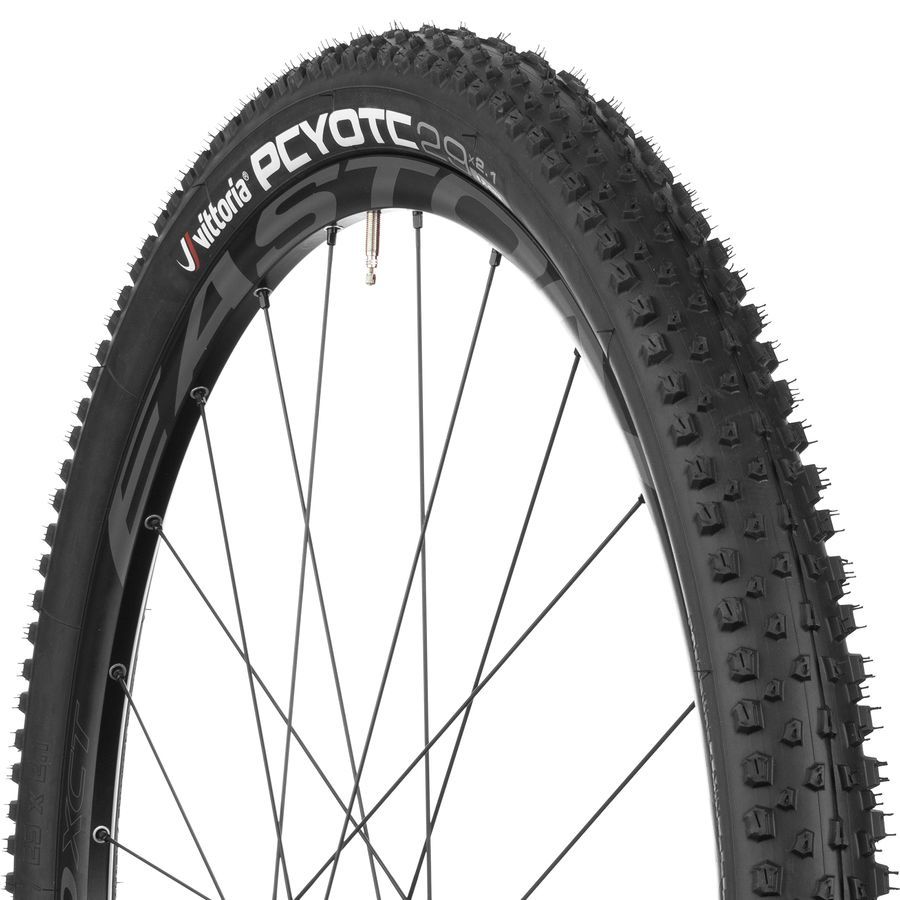In this post, we’ll go over all the gear for XC mountain bike racing that you could possibly need…bike, clothing, equipment, etc. Let’s get started.
THE BIKE:
The typical XC race bike is a hardtail or a small travel (90 – 110mm in the rear) full-suspension bike, like the one pictured below. These days, almost all XC bikes have 29in wheels because the bigger wheels offer faster rolling speed on fast sections. An XC bike will typically have a steeper head angle than a trail bike; this makes these bikes slightly less comfortable on technical descents, but allows you to be up and over the front on even the steepest climbs. In XC racing, weight is of utmost importance, so most XC racers ride carbon bicycles and make an effort to choose lightweight components. An XC bike might weigh anywhere from 19-25lbs (in other words, these bikes are extremely light!!!!).
 Niner RDO 5-Star X01 Eagle Mountain Bike – 2018 regularly $7,300.00 on sale $5,840.00
Niner RDO 5-Star X01 Eagle Mountain Bike – 2018 regularly $7,300.00 on sale $5,840.00
The best bike for your first XC race, however, is the one you already have. At a local XC race, you will see racers on a large range of bikes from $8,000 carbon XC bikes to big travel enduro bikes to entry-level hardtails. A common slogan for grassroots racing is “run what ya brung!” If you decide to race XC seriously, you’ll want a bike like the one described above, but you don’t need to make a huge investment right away. Here are a few ways to make the bike you already have XC race ready:
XC tires – buying a whole new bike is expensive, but buying another set of tires is… less expensive. Rotational weight matters, and tires are your contact point with the ground. Beefy tires with huge knobs are great for enduro or downhill riding, but they are heavy and slow going uphill. If you have an enduro or trail bike, the easiest way to make it lighter and faster is a set of XC tires.
 Vittoria Peyote Tire – 29in regularly $50.00 on sale $37.50
Vittoria Peyote Tire – 29in regularly $50.00 on sale $37.50
OTHER EQUIPMENT:
Most XC racers wear a spandex “kit” – kit is just a fancy word for jersey and shorts – but going full lycra isn’t necessary. However, you will definitely want a chamois (padded shorts) because you will spending a good bit of time with your butt on the saddle during an xc race, and having a decent chamois is critical! The spandex kit is aerodynamic and comfortable (no clothing flapping around, no extra layers on a hot day), but if you aren’t comfortable in lycra, don’t worry about it. Just wear a pair of “baggies” over your chamois. At a local race you will find people wearing all sorts of things, so don’t stress the dress code, as there isn’t one!
Riding clipped in (shoes that clip in to the pedals – yes, this is commonly called clipLESS, but that doesn’t make any sense so we’re going to call it “clipped in” for the purpose of not perpetuating this nonsense – toe clips are long dead and never involved any clipping to begin with) is the norm for XC racing because the increased power transfer you get with clips, not to mention the ability to have a rounded pedal stroke, makes a huge difference for XC racing. Learning to ride clipped in is something you will want to do if you plan to make XC riding or racing a big part of your life.
HOWEVER, if you don’t feel confident on clips yet, it is okay to do an XC race on flat pedals. In fact, that’s definitely preferable to “turtling” every time you stop. But once you learn, you will find it just as easy to get out of clip pedals as flat pedals (we promise).
Most importantly, for an XC race, you will need a way to carry water/food and tools to fix common mechanical problems like flat tires, broken chain, etc.
For a standard, lap-based XC race we typically do not carry a hydration pack. Most XC races are under two hours, so two water bottles (approx. 40 oz of water) is sufficient. We will generally carry one water bottle on our bike and, if it’s not possible to get a hand-up, the second in our jersey pocket. We usually eat about one packet of chews (equivalent 2 gels) over the course of the race. We will open up the chews beforehand and empty the bag into a jersey pocket, so we can get to them easily (yes it’s important to make sure there aren’t any chews left in your pocket before you put your jersey through the laundry!).
Of course, everyone has different food and water needs, so it’s important to be conscious of what you personally need. Interestingly enough, the more you ride, the more efficient of an athlete you will become, so you will actually need less ride food as you move up the ranks (and a beginner rider will definitely need to eat more than us during a race!).
For a race longer than two hours, many XC racers will wear a lightweight hydration pack. We use the Osprey Packs Duro/Dyna 1.5 L packs.
While these packs were originally designed for trail running, they make the perfect ultralight, ultra-snug XC racing pack. These kind of packs are different than your typical big mountain biking hydration pack, in that they can pretty much only carry water (plus an extra co2 and maybe your phone), but that is generally all you need for XC racing. They are also lighter and cooler than a standard pack if the weather is hot!
Here are the tools we carry for a typical xc race (if you tape the tube to your bike, the rest of this can easily fit in a pocket):


